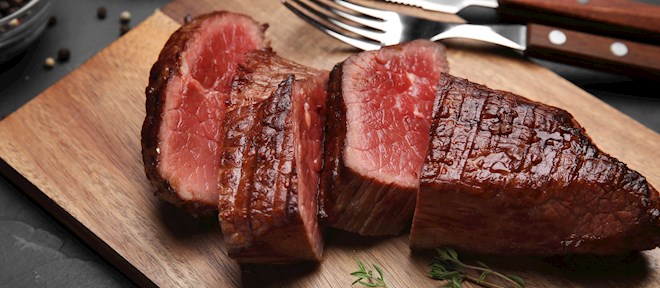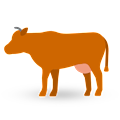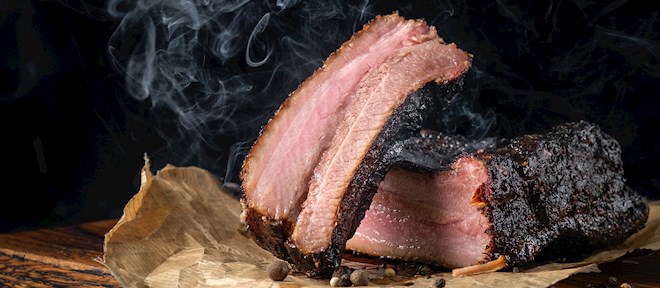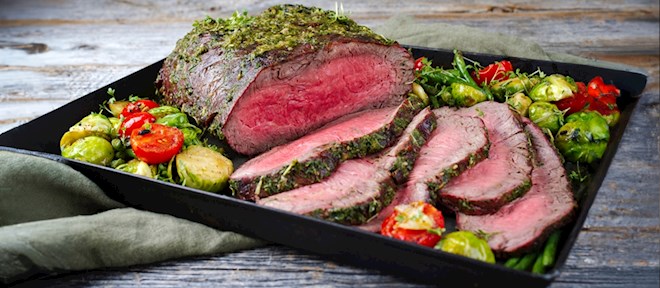German Beef Cuts
German Beef Cuts & producers

No results.
Try changing the search filters.German Beef Cuts

Tenderloin
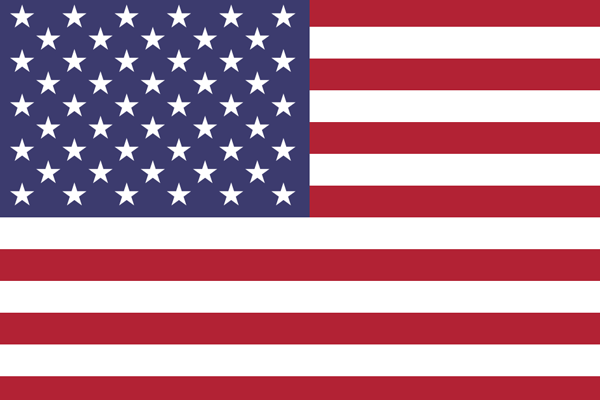
In the American, French, German, Brazilian, and Korean systems of primal beef cuts, the tenderloin is a cut from the loin, which is located towards the back of the cow, nestled under the ribs, next to the backbone. It spans two primal cuts: the sh... READ MORE
Brisket

In the American, English and German systems of primal beef cuts, the brisket (or rinderbrust) is a cut that comes from the breast or lower chest of the cow. The brisket is one of the nine primal cuts of beef and is particularly known for its size ... READ MORE
Rostbraten
The term rostbraten is used in German-speaking countries, including Germany and Austria, to refer to certain cuts of beef as well as dishes made from these cuts. Regarding cuts, the rostbraten usually refers to a section from the rump or loin of t... READ MORE
Beef shank
In the American, German, and Brazilian systems of primal beef cuts, the shank (hesse, músculo) is the term used for the leg portion of the cow. There are both front and hind shanks, coming from the legs of the steer. The shank is known to b... READ MORE
Oberschale
Oberschale in German butchery refers to a specific cut of beef taken from the upper hind leg or the outer thigh of the cow. Given its location on the animal, the oberschale is a fairly lean cut, as it originates from a muscle area that gets a mode... READ MORE
Unterschale
Unterschale in German butchery refers to a particular cut of beef located in the inner part of the hind leg or the inner thigh of the cow. It is a muscle that receives a moderate amount of exercise, resulting in a cut that is relatively lean but s... READ MORE
Spannrippe
In German butchery, spannrippe is a cut of beef derived from the forequarter, specifically the lower rib section, which is situated towards the belly of the animal. Spannrippe contains relatively lean meat with noticeable fibrous muscles. Its loca... READ MORE
